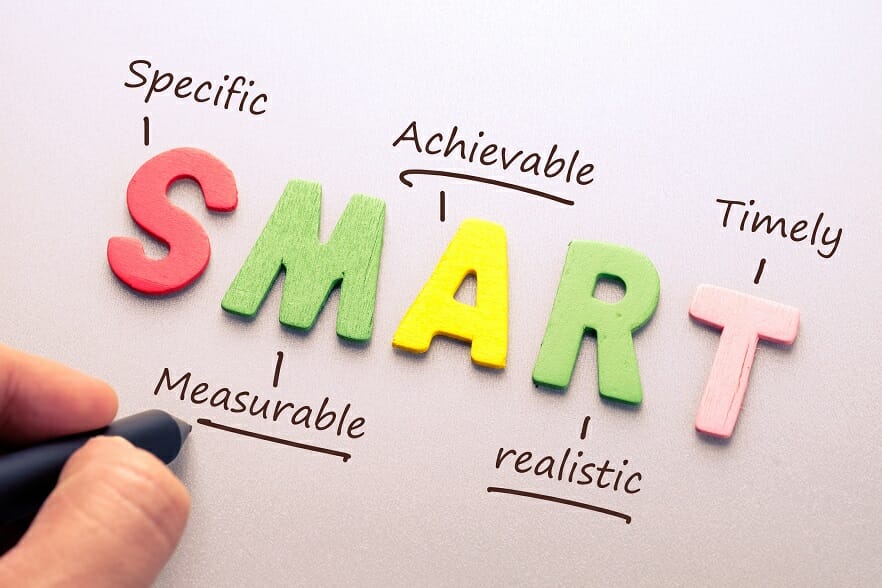Tiana
I am a student at Tamaki College. Follow my learning journey on my blog.
Wednesday, 16 June 2021
Hauora Well-being - Food Technology
Hauora Wellbeing!
Tuesday, 15 June 2021
Friday, 7 May 2021
Making 3D shapes and Nets.
For Maths today, we learned how to create 3D shapes and nets on a site called
Here is a video link demonstrating how we have created our 3D shapes and nets.
Image 1: Pentagonal Prism.
Image 2: Square Prism/Cube.
Thursday, 1 April 2021
Friday, 26 March 2021
Study Notes - Mathematics
Today in Mathematics, we are making study notes on numbers for our topic test on Friday. So I went to my maths site and here we are going to assign what the notes are.
Study Notes:
1) Number
Multiples: The meaning of a multiple is the product result of
one number multiplied by another number.
Example → 3, 6, 9, 12, 18 ...
Factors: A factor is a number that is able to divide a number
completely without leaving any numbers remaining.
Example → 3 and 6 are factors of 12 because 12 ÷ 3 = 4 exactly and 12 ÷ 6 = 2 exactly.
The other factors of 12 are 1, 2, 4, and 12.
Prime Number: Prime numbers are numbers that have
only 2 factors: 1 and themselves.
Example→ Prime numbers are 2, 3, 5, 7, and 11.
HCF (Highest Common Factor): The largest whole number, which is
shared by multiple numbers.
Example → The highest common factor between 8 and 12 is 4.
LCM (Lowest Common Multiple): The lowest common multiple between two numbers.
Example →The lowest common multiple between 3 and 4 is 12
2) Order Of Operations
B: Brackets
E: Exponents
D: Division
M: Multiple
A: Addition
S: Subtraction
Example → (5x6) x 1² ÷3 - 8 + 4
30 x 1² ÷3 - 8 + 4 =
30 x 1÷3 - 8 + 4 =
30 ÷ 3 - 8 + 4 =
10 - 8 + 4 =
2 + 4 =
Answer: 6
3) Rounding
Meaning: Rounding implies simplifying a number yet keeping its worth near what it was. The outcome is less exact.
DP = Decimal Point
6.35719 to 2dp ... '5' is higher therefore we round it up to the nearest 10 which means the answer is 6.40
4) Standard Form
Meaning: Standard form allows us to write numbers without using as many digits.
Examples →
5432 = 5.432 x 10 ³
14 500 = 1.45 x 10 ⁴
0.00045 = 4.5 x 10 -⁴
Tuesday, 9 February 2021
A Smart Goal.
Talofa Lava everyone, in Maths today we wrote out
our own smart goal for ourselves to focus on.
The SMART goals method is used to help give us a clearer sense of direction for our objective. It is used to make sure our goals are attainable within a certain time - frame.
This is the acronym for the word SMART.
S - Specific. The goal should have a clear, highly-specific endpoint. If your goal is too vague, it won’t be SMART.
M - Measurable. You need to be able to accurately track your progress, so you can judge when a goal will be met.
A - Attainable. Of course, setting a goal that’s too ambitious will see you struggle to achieve it. This will sap your motivation, both now and in the future.
R - Relevant. Your goal should be helpful relating to your chosen objective or it should benefit you directly.
T - Time-Bound. Finally, setting a timeframe for your goal helps quantify it further, and helps keep your focus on track.

Thursday, 4 February 2021
Waitangi Day
3 facts about the Treaty Of Waitangi.
Waitangi Day was signed on, February 6th, 1840
There were two versions of the treaty. One in Māori and the other in English.
William Hobson was the person who signed both versions of the treaty.
3 different points of view on Waitangi Day.
Some people are against Waitangi Day being a public holiday because from their perspective the treaty of Waitangi was seen as a day of war and conflict, and it was said to be a ‘day of shame’ because they believed Māori were robbed from their own land.
Other groups of people celebrated Waitangi Day and were not against it being a public holiday as they saw it as a day of peace and settlement, for why we are able to live on this land today.
Some people don’t really have worries or concerns about Waitangi Day being a public holiday as they see it as a day to rest, a day of no school and no work. Basically, they just see Waitangi Day as a day off.
Your perspective on whether it is important to celebrate Waitangi day or not.
I am unsure of my opinion at this point. After more insight and knowledge about Waitangi Day and the history behind it, I will then be able to recite my opinion.
Why it is/or isn't important to learn about the treaty.
It is important from my perspective as it is a historic day in New Zealand's history. So it would be could to have knowledge about the treaty.



